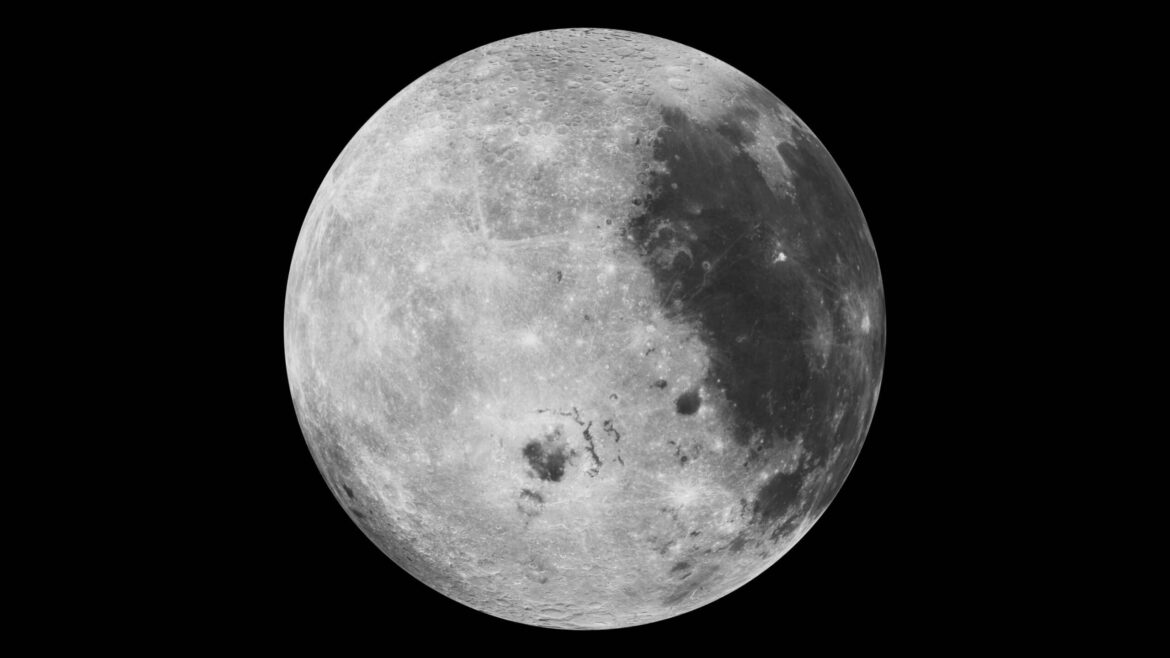1.7K
The moon always revolves around itself. But if you observe the starry sky on a clear night, you will always see the celestial body from the same side. The reason for this is an exciting phenomenon called bound rotation.
The moon rotates around itself – and around the earth
The moon has fascinated mankind for thousands of years. It is the closest celestial body to Earth and can be observed with the naked eye at night under clear skies.
- The moon orbits the earth in 27 days, 7 hours and 43.7 minutes. As it does so, it moves from west to east and rotates itself at the same time.
- In the time that the moon orbits the earth, it rotates completely around itself once. This means that we always see the same side of the moon. This gives the impression that the celestial body is not rotating at all.
- This phenomenon is due to the tidal forces exerted by the Earth. Over the course of millions of years, these have increasingly slowed down the moon’s own rotation, as it rotated much faster than it does today after its formation 4.5 billion years ago.
- The moon’s own rotation has therefore adapted to the orbital period around the Earth.
- Despite the bound rotation, we see more than half of the Moon’s surface, about 60 per cent. This is because the moon is in an elliptical orbit. As a result, it sometimes turns the more westerly, sometimes the more easterly side towards the Earth.

